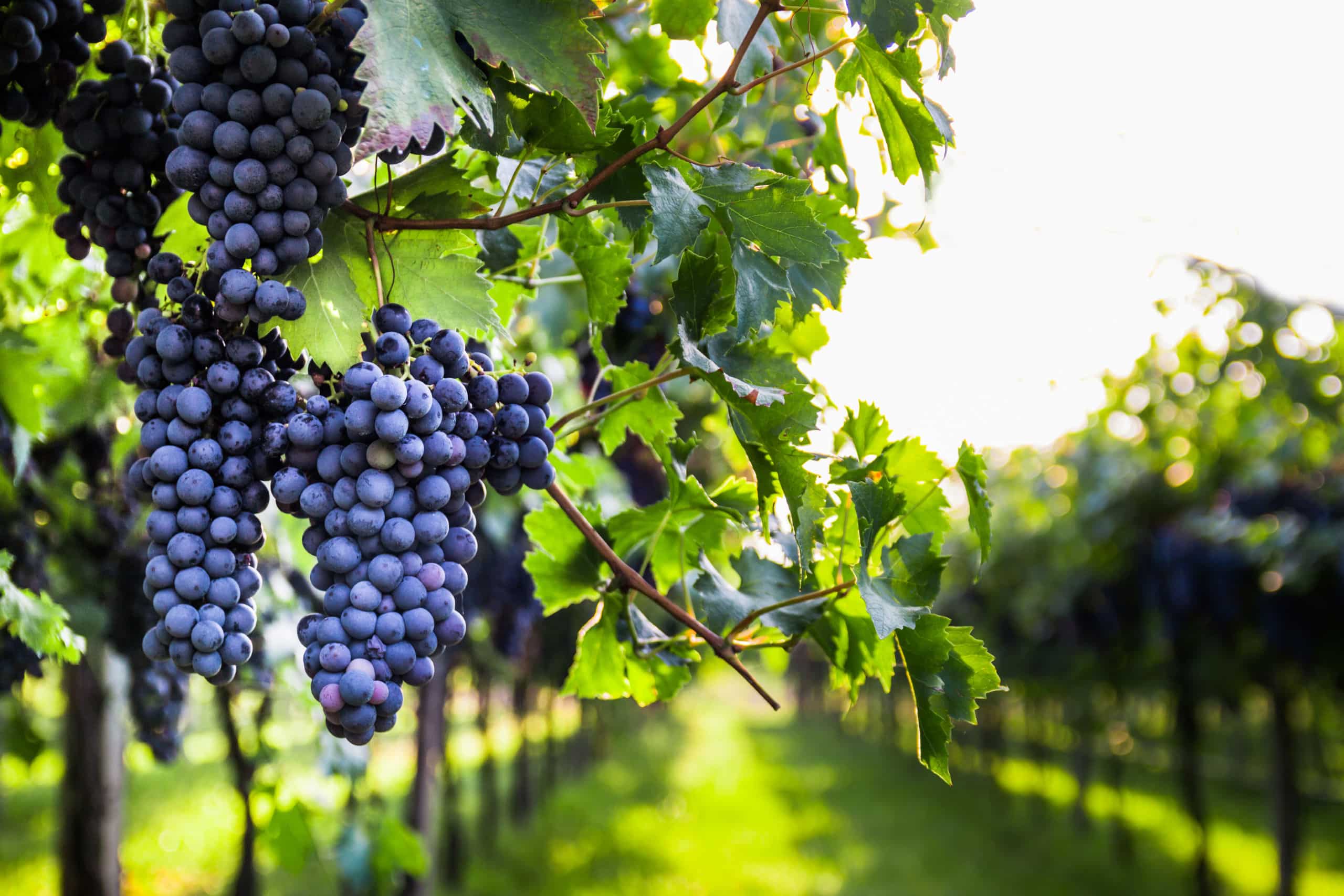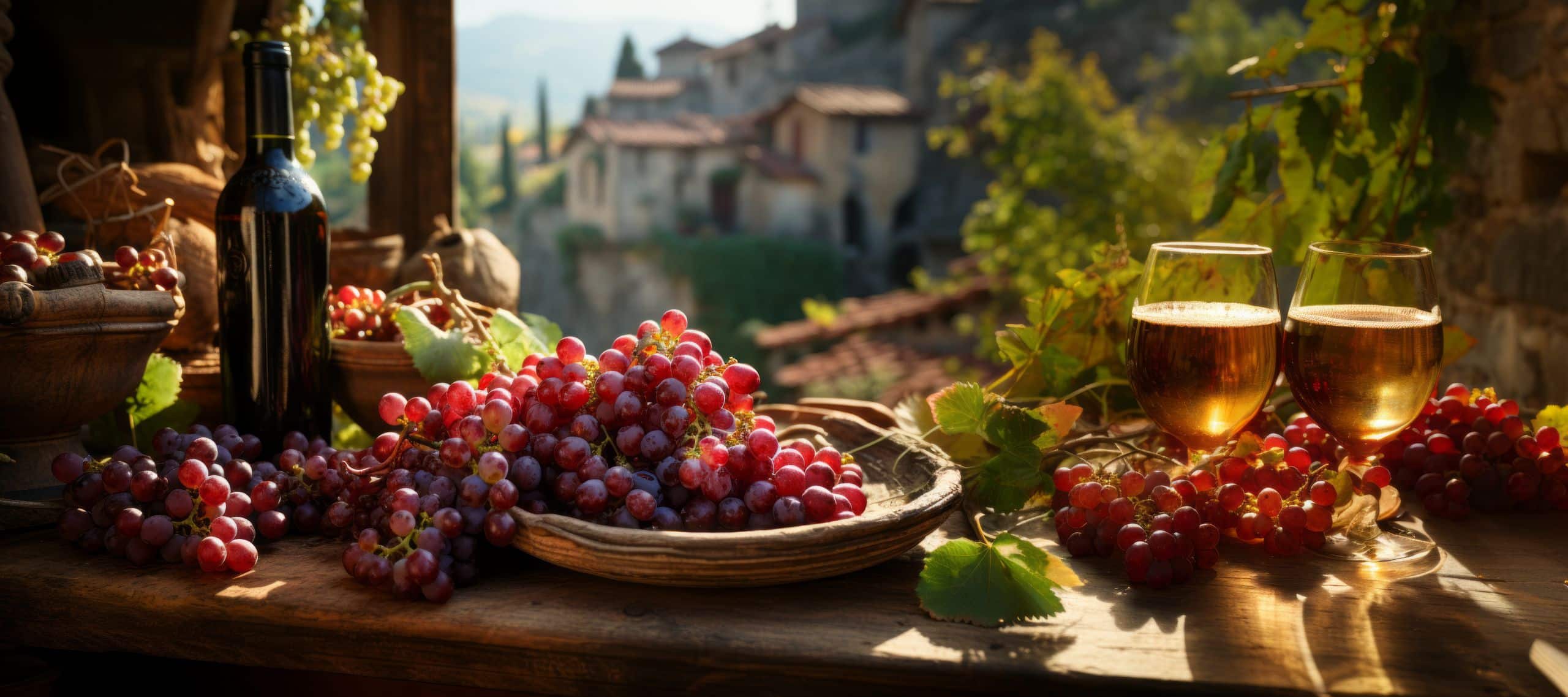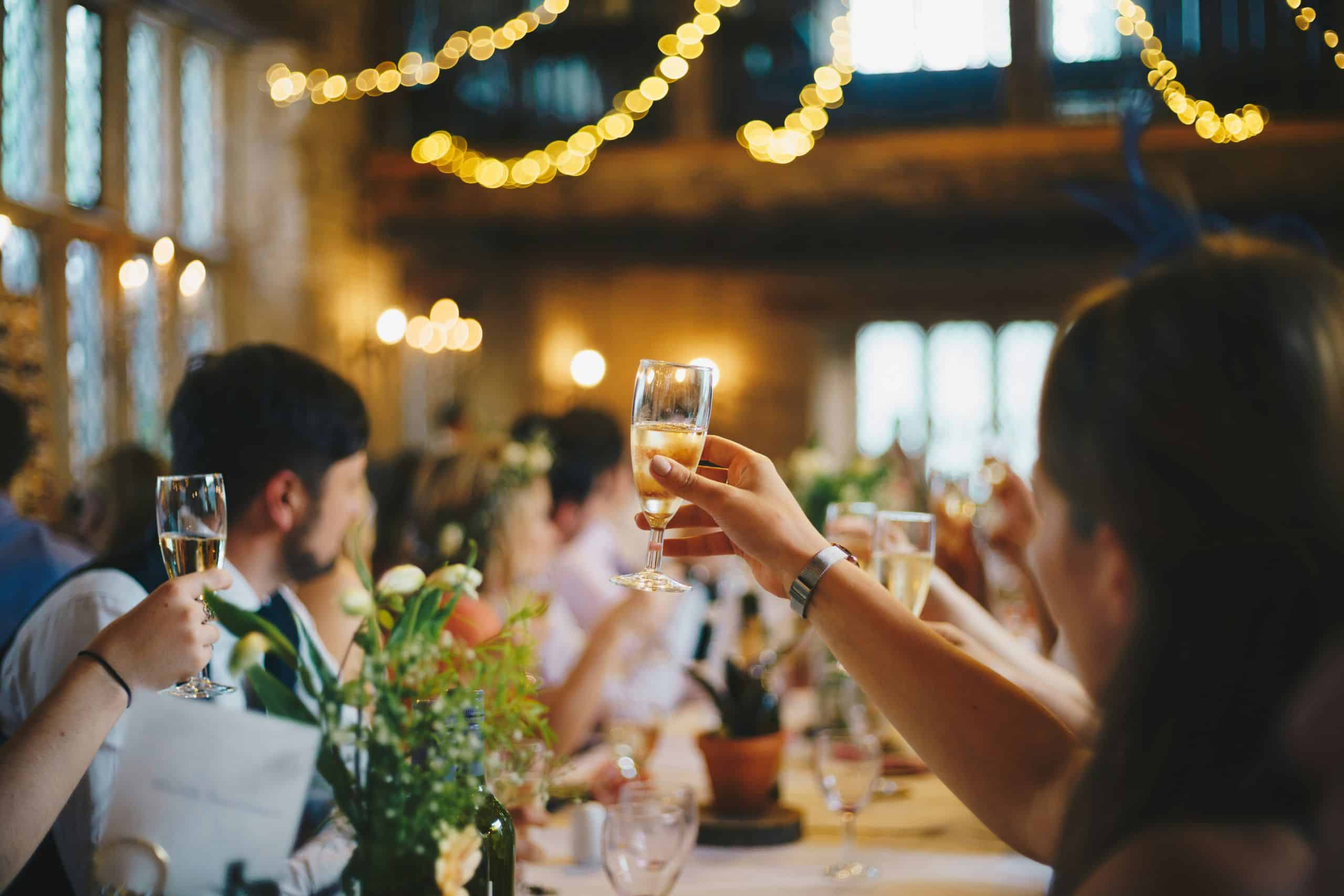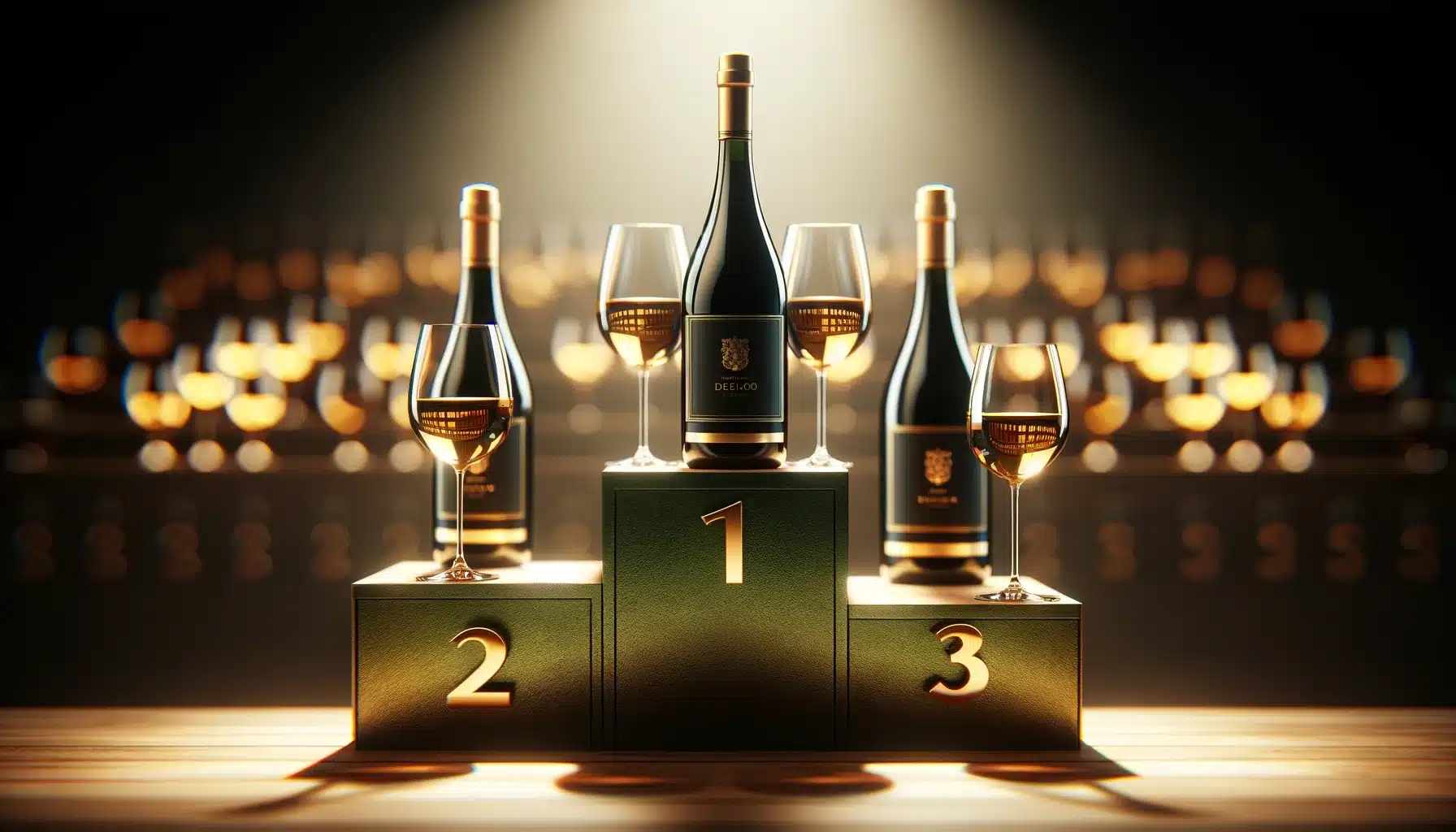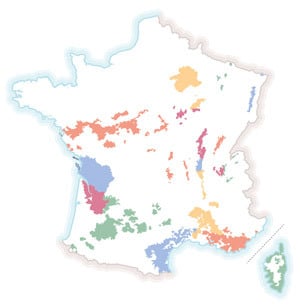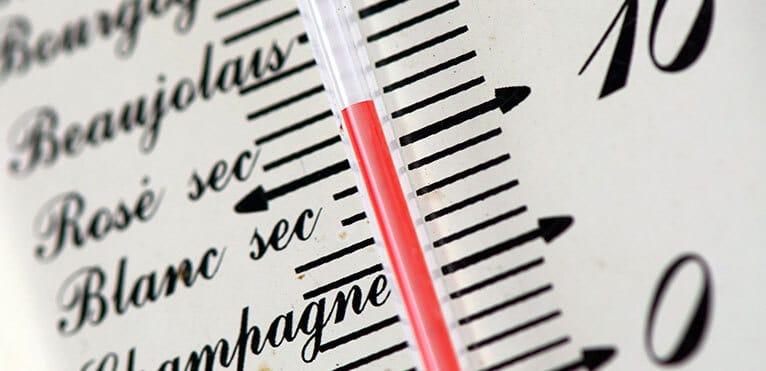
Contents
While the vast majority of tasters, professional and amateur alike, have learned to “skim” the wine to capture all its flavors and aromas, this method is not recognized as entirely reliable for capturing the wine in its entirety. Chewing wine, like chewing food, allows you to perceive all the flavors and aromas of each wine. This is due to the tactile dimension of chewing, whereas grumbling simply consists of drawing air into the mouth at the moment of tasting. In short, if the wine is too fresh when chewed, it will attack our walls and lose some of its odor, but above all its taste and tactile faculties. Conversely, a wine tasted too warm will appear to our palate as overly alcoholic and lacking in structure.
Controlling a wine’s serving temperature is therefore essential. By finding the right degree, we can offer the best tasting conditions and the best expression of aromas.
The temperature at which a wine should be served depends first and foremost on its type: we need to distinguish between reds, whites, sweet whites and champagnes.
Serving temperature for red wines
Be careful not to serve red wines too chilled, as this can break down the aromas and give them a tight, metallic quality. Below 14 degrees, a red wine loses its flavor and is no longer worth drinking. Conversely, above 20/22 degrees, it seems far too alcoholic.
Burgundy wines generally blossom around 15 and 16 degrees Celsius, requiring a slightly cool environment to reveal their fruit and elegance.
Bordeaux wines should be stored at around 15 degrees in the cellar and served at a temperature of around 16/17 degrees. The most expert will get into the habit of opening them well in advance, between 12 and 24 hours.
As a general rule, we have the following classification:
- Young, light red wines are best drunk at between 14 and 15 degrees Celsius.
- Great red wines before their peak are best enjoyed at between 15 and 16 degrees Celsius.
- Great Bordeaux and Burgundy wines are best enjoyed at around 17-18 degrees Celsius.
Serving temperature for white wines
White wines are enjoyed at a slightly lower temperature than red wines. However, we don’t usually go below 10 degrees.
Drier, more acidic white wines such as Sancerre, Sauvignon or Muscat can withstand cooler temperatures (between 9 and 11 degrees), but the finest wines from this terroir are best enjoyed at around 12/14 degrees.
For fuller, more opulent white wines, such as those made from Chardonnay, Chenin or Roussanne, tasting is best done at a temperature of around 12/14 degrees, as their architecture does not allow them to be blocked at too cool a temperature.
Yellow wines with a strong character should be opened a few hours in advance, so that they can impregnate the room with their nutty aromas and condition themselves to the room’s temperature.
Serving temperature for sweet white wines
Sweet or syrupy white wines, such as Sauternes or certain Alsace varietals like Gewurztraminer, are generally served at cellar temperature when they are of good quality, so that they can best express their aromatic palette. They can be offered at a temperature of between 10 and 13 degrees.
The simpler sweet wines served as aperitifs can be served a little cooler, up to 8 degrees minimum.
Champagne serving temperature
We have to separate aperitif champagnes and great Champagne wines (prestige cuvées, old vintages…). The former are a little more acidic and sometimes very aggressive due to their effervescence, which means they should be served chilled, between 7 and 9 degrees. The great Champagnes, which are often windier, should be served slightly cooler, so that they can express their full potential. They are served at the same temperature as an opulent, full-bodied white wine, i.e. between 12 and 14 degrees. Champagnes from young vintages are best enjoyed at an intermediate temperature, around 10-11 degrees.
